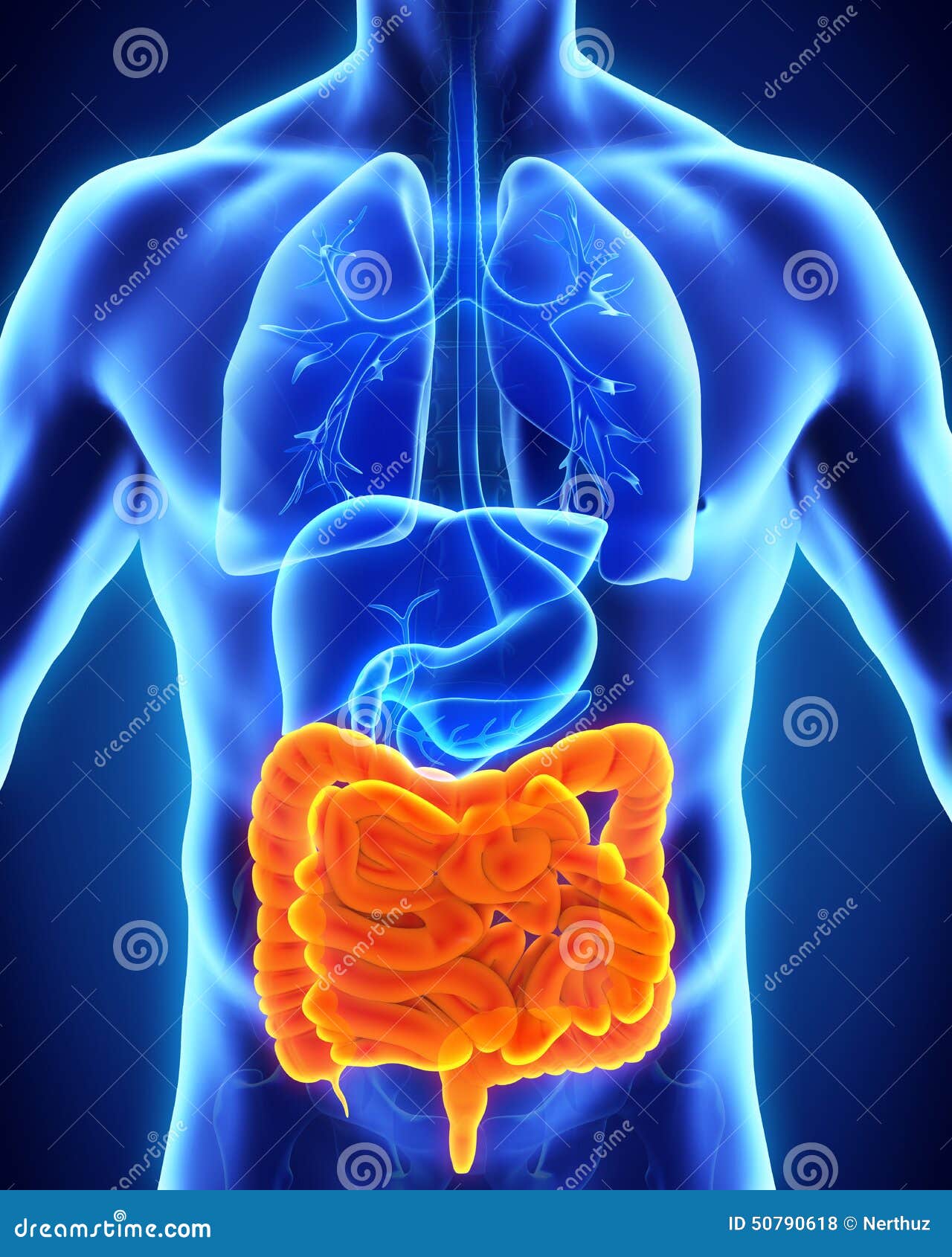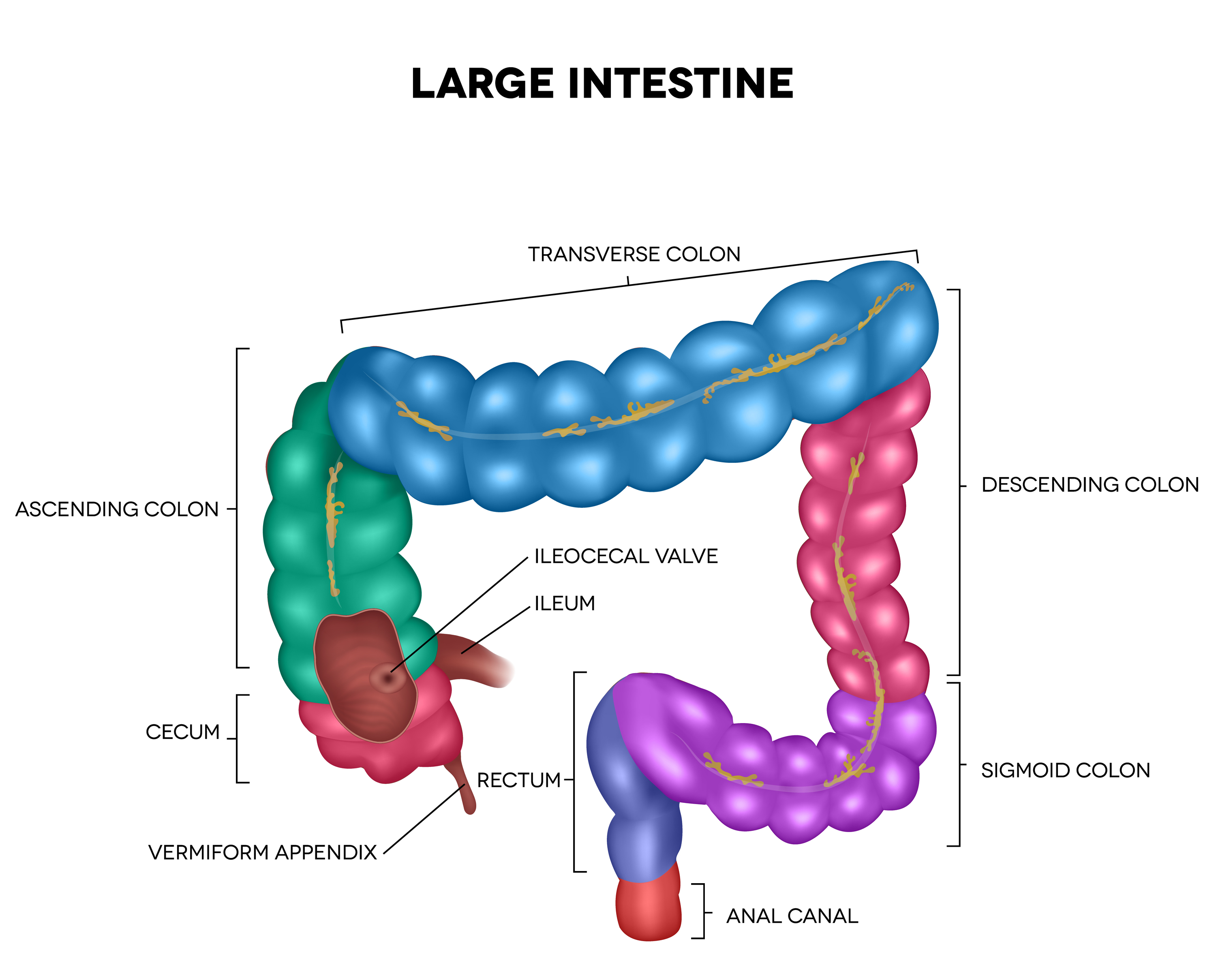Human Intestine Anatomy stock illustration Illustration of abdomen Biology Diagrams Some are more serious than others. Either way, changes in your bowel habits, the color of your poop or bloated belly are things you may want to discuss with a healthcare provider. They'll get to the bottom of your large intestine issues and recommend treatment as needed. But simple lifestyle changes can help your large intestine stay healthy. Describe the functional anatomy of the small and large intestines; These produce intestinal juice, a slightly alkaline (pH 7.4 to 7.8) mixture of water and mucus. Each day, about 0.95 to 1.9 liters (1 to 2 quarts) are secreted in response to the distention of the small intestine or the irritating effects of chyme on the intestinal mucosa The small intestine is behind and in the center of the large intestine. Learn how long the intestines span in feet. Intestines: Anatomy and Function By Lana Barhum. Published on May 22, 2025. Medically reviewed by Jay N. Yepuri, MD. Valves in the human body work to keep the movement of fluids going in one direction. The ileocecal

In human anatomy, the intestine (bowel or gut; Greek: éntera) is the segment of the gastrointestinal tract extending from the pyloric sphincter of the stomach to the anus and as in other mammals, consists of two segments: the small intestine and the large intestine. The human bowels, also known as the intestines or digestive tract, play a crucial role in the process of digestion and absorption of nutrients. This intricate system consists of several organs, including the small intestine and the large intestine, each with its own specific functions. Understanding the anatomy of the human bowels is The small bowel (or small intestine) is around 6 - 8 m long and roughly 2cm wide. There are 3 parts of the small bowel (small intestine): the duodenum, the jejunum and the ileum. Food passes from the stomach into the duodenum, which is the tube that leads from the stomach into the intestines.

Understanding the Human Bowels: A Detailed Diagram and Explanation Biology Diagrams
The intestines work by absorbing nutrients and vitamins. They are part of the gastrointestinal (GI) tract. Together, the small and large intestines run from the end of the stomach to the anus. Compare and contrast the location and gross anatomy of the small and large intestines; In contrast, some human populations, most notably Caucasians, are able to maintain the ability to produce lactase as adults. In people with lactose intolerance, the lactose in chyme is not digested. Bacteria in the large intestine ferment the undigested
